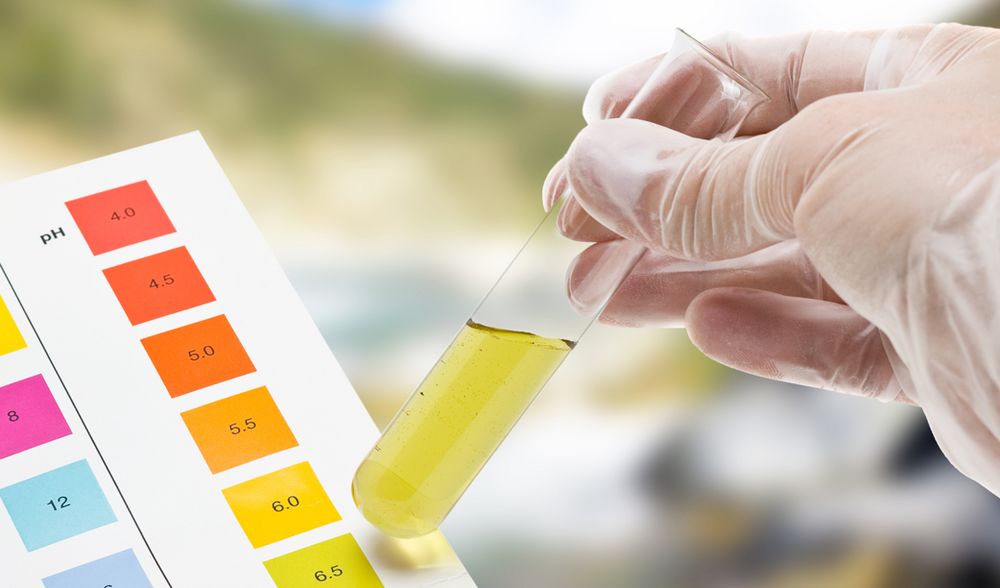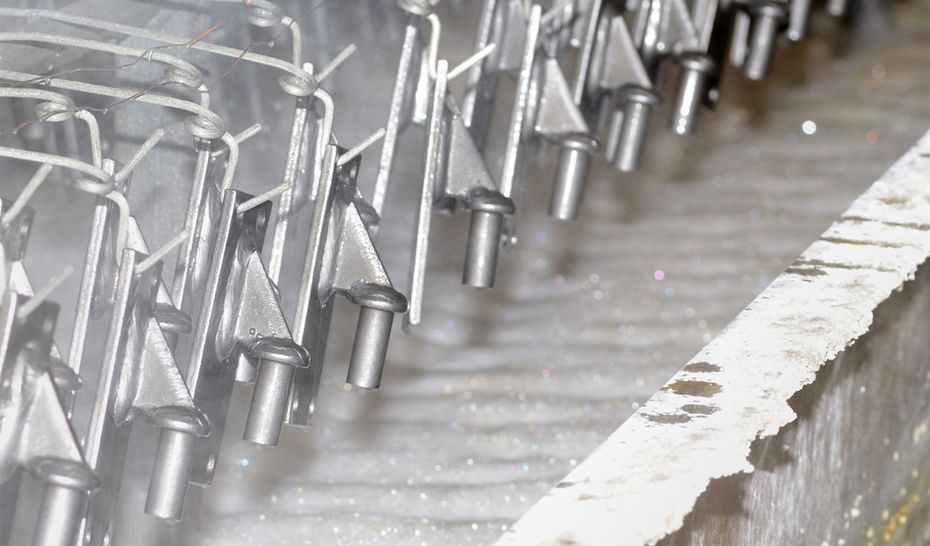pH value: The key factor
The most common measured values are between pH 0 and 14.
The smaller the pH value, the more acidic the aqueous solution.
The higher the pH value, the more alkaline the aqueous solution.
Did you know that non-neutral water attacks metallic materials and causes corrosion in the area of the machine
pH value is also called hydrogen ion concentration because it is a measure of the concentration of free hydrogen ions. This measure provides an indication of the corrosive properties of water.
Did you know that pitting corrosion forms when the pH value is too low?
For optimum process control, the required pH value varies according to the application.
In the erosion area, the ideal pH value is between 6.5 and 8.5.
Did you know that an optimum pH value reduces the number of additives to a minimum?
Water hardness, hardening agents and total hardness
The hardness of water is defined as the content of dissolved ions of alkaline earth metals. The alkaline earth metals that form hardness include calcium, magnesium, strontium and barium. Strotium and barium are negligible; it is the content of calcium and magnesium salts that determines the total hardness of the water. This in turn can be divided into carbonate hardness (hydrogen carbonates of calcium and magnesium) and non-carbonate hardness (permanent hardness).
Did you know that carbonate hardness remains as scale when water is heated?
The chlorides, nitrates, sulphates, phosphates and silicates of calcium and magnesium form the non-carbonate hardness, which remains unchanged when heated.
In the parts cleaning process, an increase or change to the hardness content of rinsing water can have significant effects on production results.
Did you know that residues on workpieces only disappear when purified water is used?
An excessively high content of hardening agents in the cooling lubricant reacts with emulsifiers and leads to the formation of hardening soaps. Often there are also coatings on machines, and this reduces tool life or leads to clogged filters.
Did you know that all cooling lubricants must have a very specific water hardness? Water that is too soft promotes foam formation
Do you have any questions on the topic? Contact us, we will be happy to advise you.



